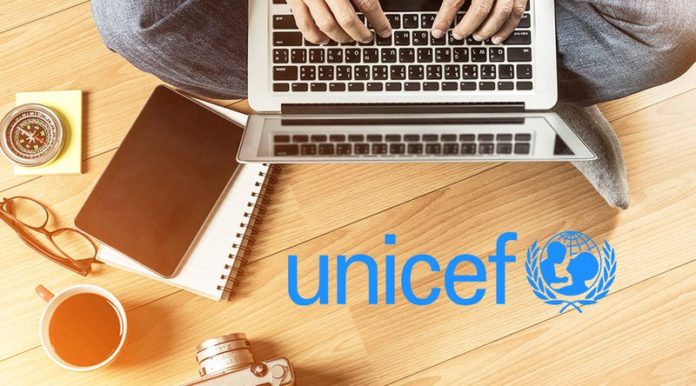
UNICEF Australia is using Coinhive — a crypto-mining service — to extract cryptocurrency through visitors’ computers and fund its ongoing mission in Bangladesh. The UN branch has long worked to provide humanitarian relief for both children and their mothers in developing nations. The organization has now created what representatives call the “Hope Page,” which allows users to donate through cryptocurrency.
UNICEF’s Director of Fundraising and Communications Jennifer Tierney explained, “We wanted to leverage new emerging technologies to raise awareness about current humanitarian crises and raise new funds to support children caught up in them. The Hope Page allows Australians to provide help and hope to vulnerable children by simply opening the page when they are online.”
Coinhive’s partnership with UNICEF could help to foster a more positive image for the software. Up until this point, Coinhive has widely been associated with a process known as “cryptojacking,” in which the computer processing power of individuals visiting certain sites is used to mine Monero without their knowledge or permission. In the past, Coinhive has targeted everything from government websites to even Google and YouTube users. As a result, Coinhive has been listed amongst the largest threats to web security.
In this case, UNICEF is using the software’s opt-in method to ensure visitors are aware of the organization’s intentions. While searching the Hope Page, web browsers use computer processors to solve cryptocurrency algorithms. Those examining the site can choose how much power (typically between 20 and 80 percent) they wish to donate to the task.
The website explains that the mining process is completely safe and offers the following instructional message:
“The longer you stay on the page and the more processor power you donate, the more algorithms get solved, which earns cryptocurrency … If you’re ever worried about power consumption, simply turn down the amount of processing power you’re donating. The cryptocurrency is automatically donated to UNICEF Australia and is turned into real funds that reach children through life-saving supplies like safe water, therapeutic food and vaccines. Turn the Hope Page into your homepage to give every day.”
Mining efforts will be used to fund the current Rohingya crisis. Several children and families that have fled their homes in Myanmar to escape military-led violence are now living in refugee camps in the neighboring country of Bangladesh and require certain necessities while they await placement.
Though part of the United Nations Children’s Fund, UNICEF is not actually funded by UN efforts. Instead, it garners financial assistance through voluntary donations.
Visitors of the Hope Page are told that cryptocurrency mining isn’t free and may lead to further costs down the line. High amounts of electricity are used during the mining process, which may lead to higher energy bills for any donating individuals. In addition, the process is not tax deductible, and visitors are advised to consider cash or credit card donations prior to giving their mining consent.
This is not the first time UNICEF has used cryptocurrency to fund its global labors. In February, the organization launched Chaingers.io to raise funds for children of the Syrian civil war. At the time, the site was using the cryptocurrency mining software Claymore to extract ether through visitors’ computers.
This article originally appeared on Bitcoin Magazine.

Bitcoinmagazine.com is author of this content, TheBitcoinNews.com is is not responsible for the content of external sites.
Our Social Networks: Facebook Instagram Pinterest Reddit Telegram Twitter Youtube










